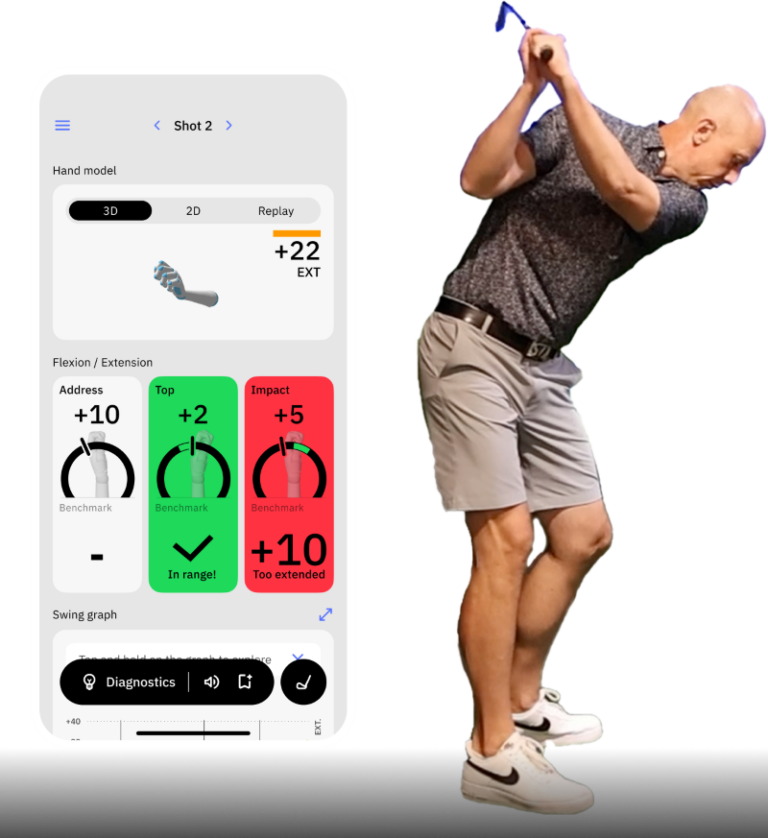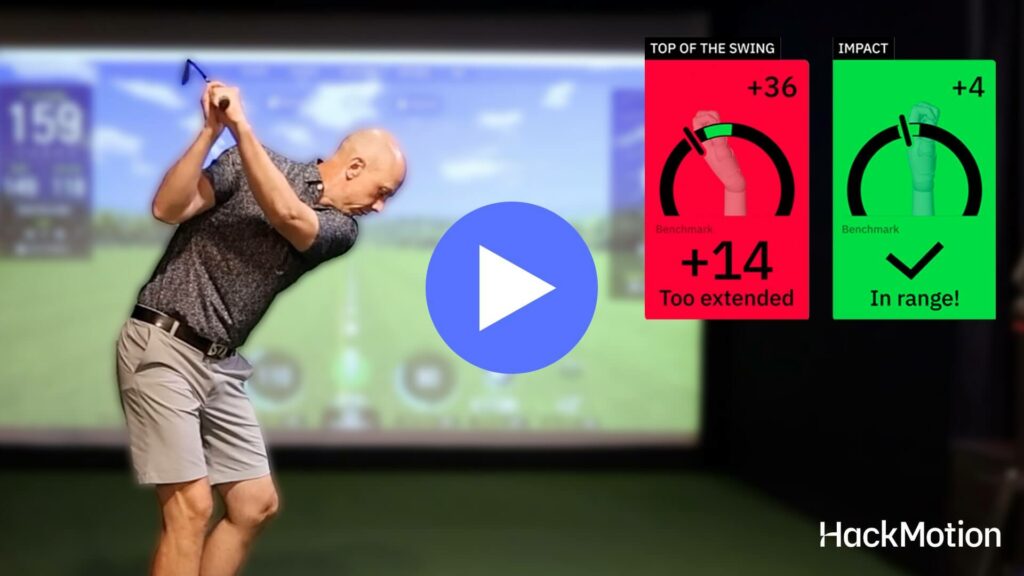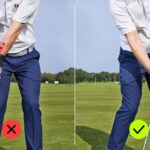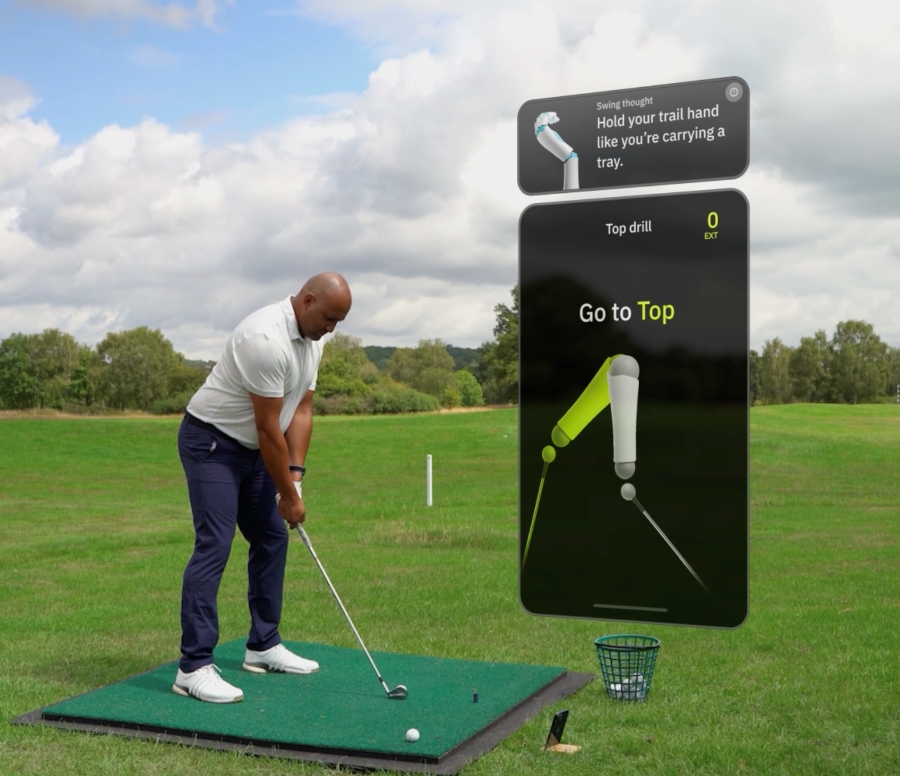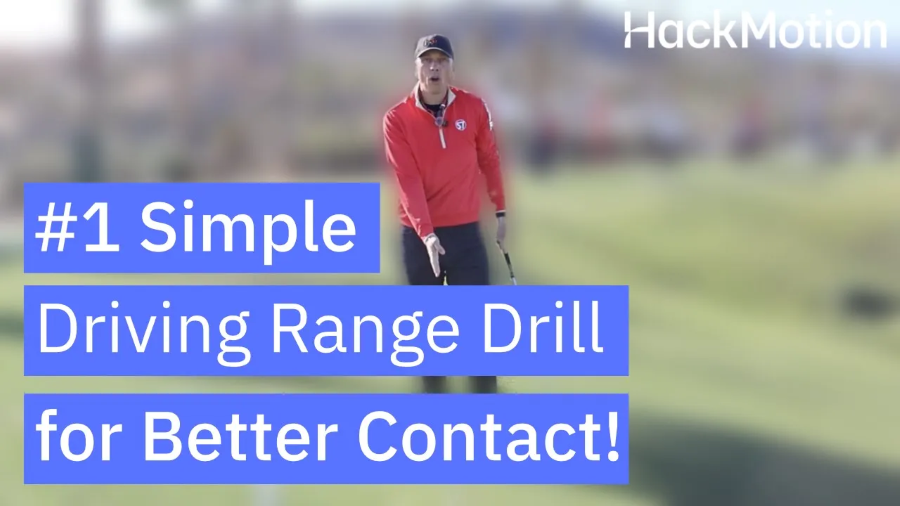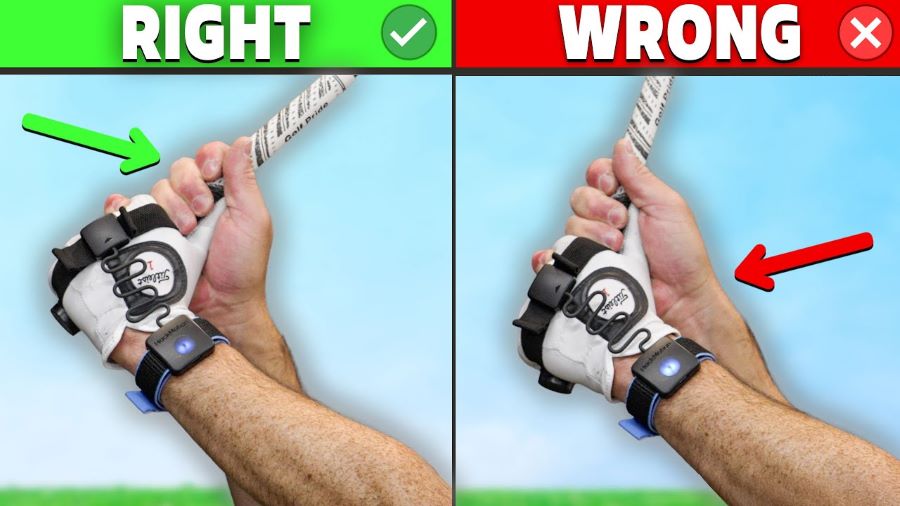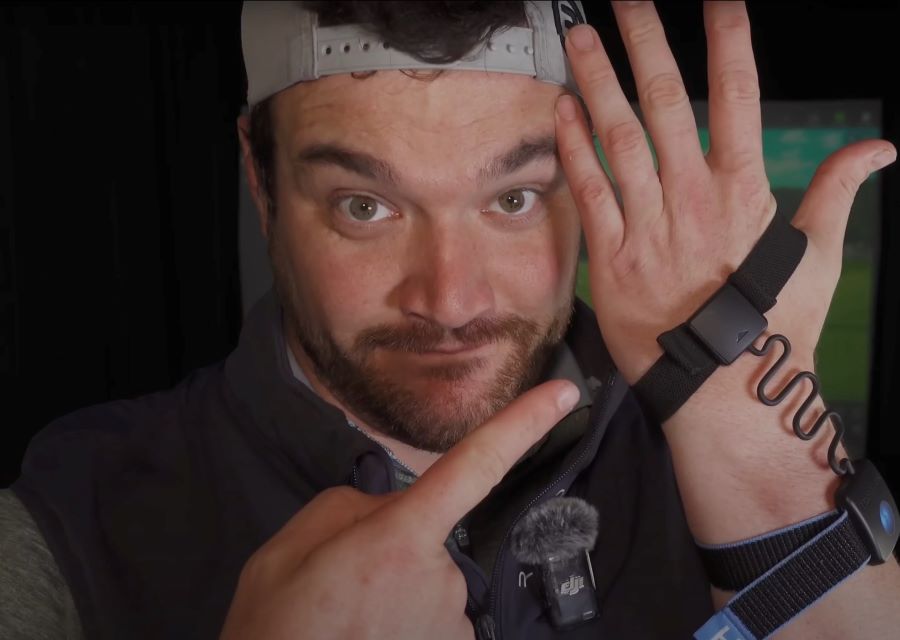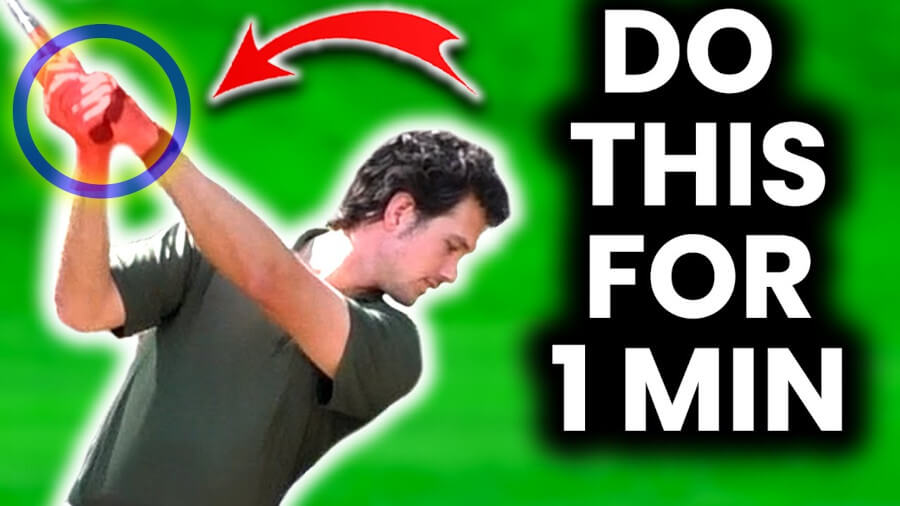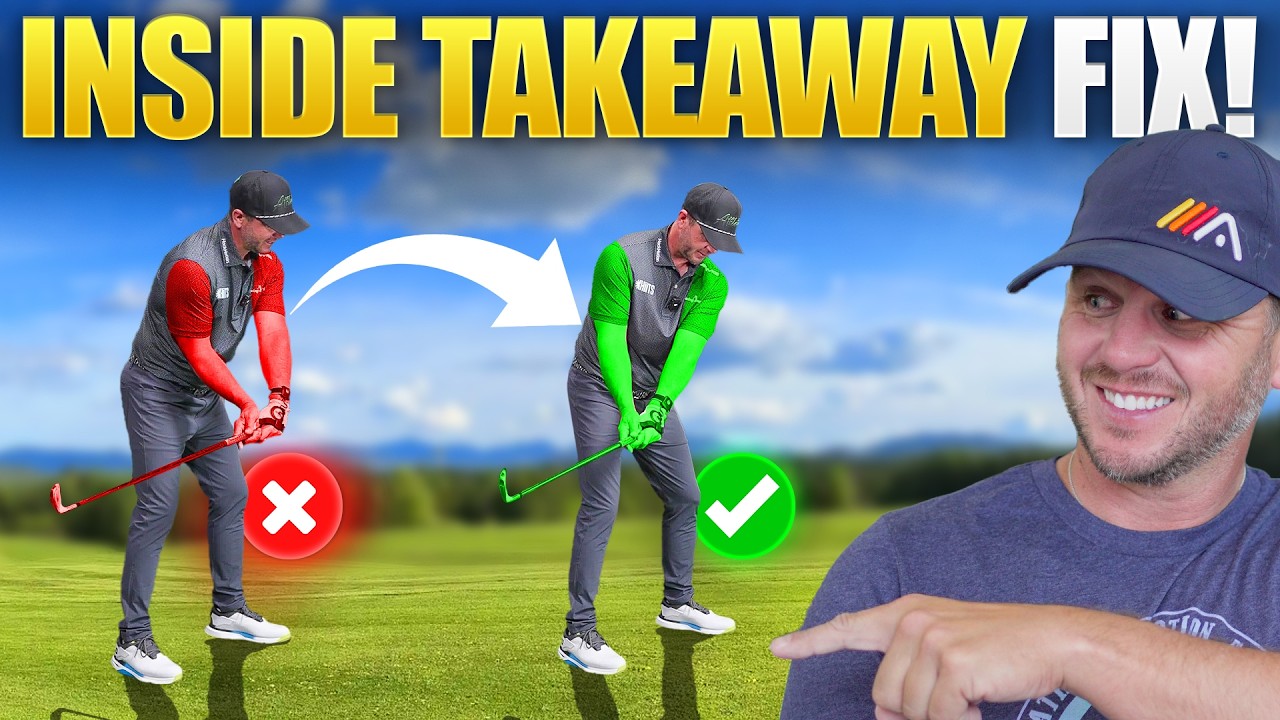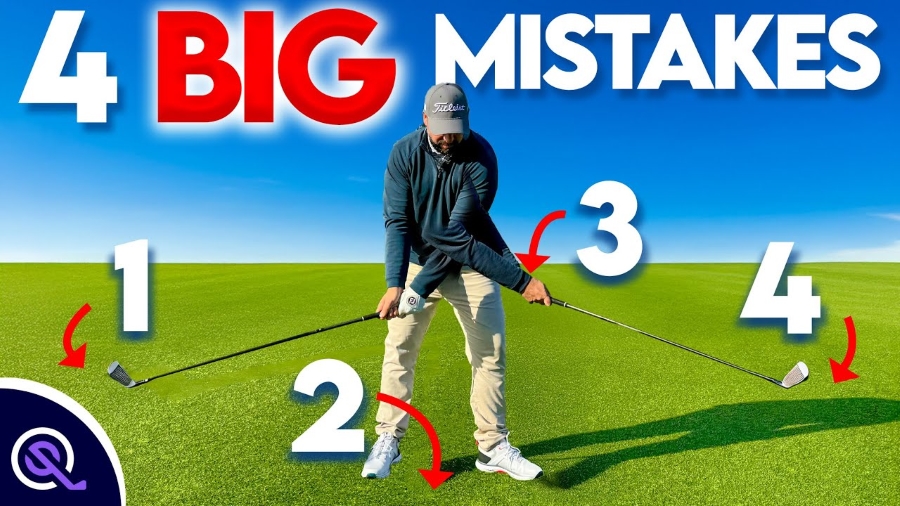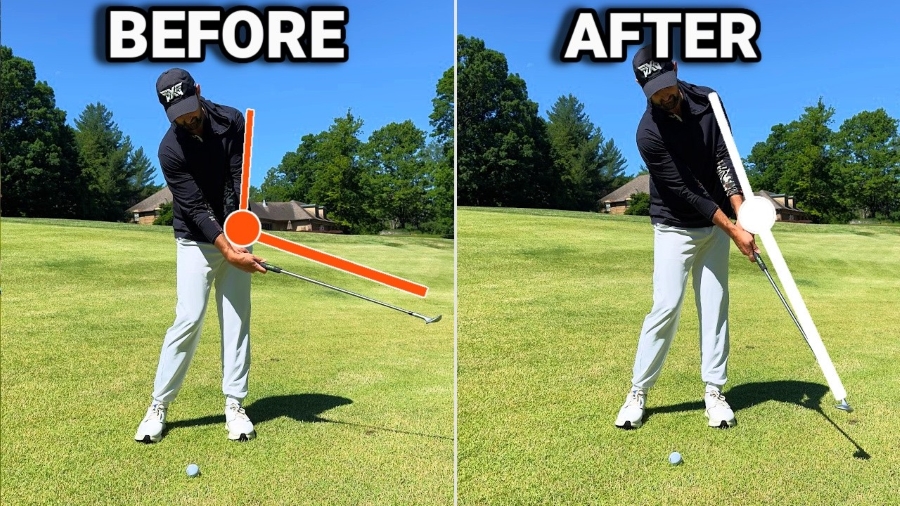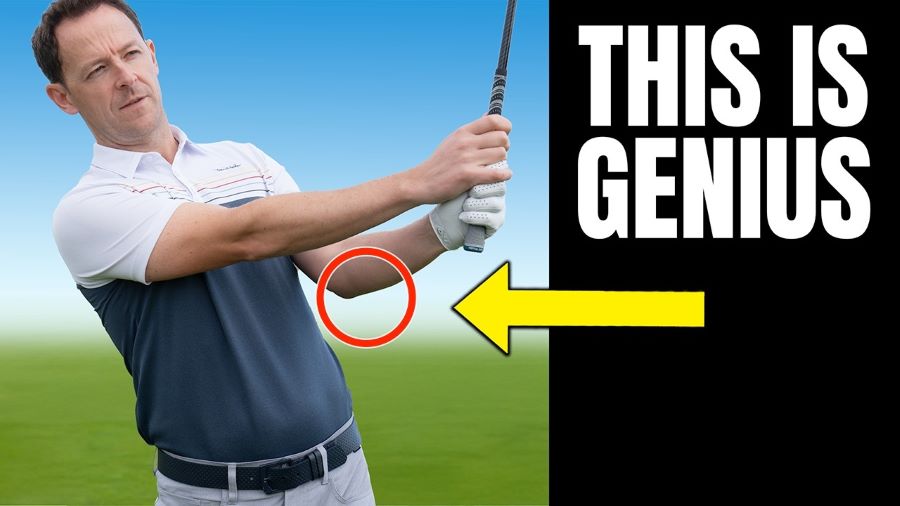Master Low Point Control: The Line Drill Every Golfer Should Practice
If you’ve learned how to repeat your setup, stance, and alignment, you’re already well on your way to becoming a better golfer.
If you’ve also started to master your wrist action and can consistently square the clubface, you’re even further ahead.
But if you still struggle with low point control, hitting behind the ball, catching it thin, or even topping it, your ball striking will remain inconsistent.
If that sounds familiar, this video and drill will help you develop true low point control and finally start striking the ball cleanly and consistently.
Key Takeaways from the Video
- The best players all strike the ground after the ball, not behind it.
- You can train this with a simple line drill with no fancy equipment required.
- Weight shift and wrist flexion are the two biggest influences on your low point.
- HackMotion helps measure and train the correct wrist conditions to keep the low point forward.
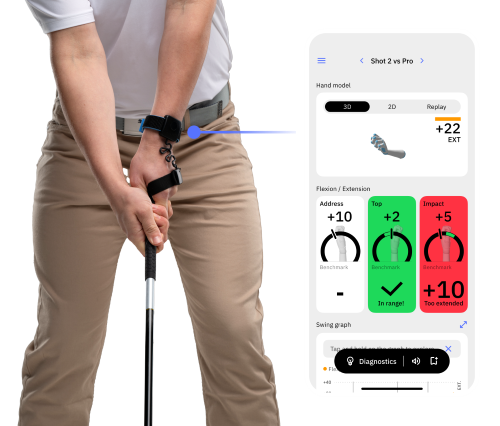
The Line Drill Explained
The Line Drill presented in the video gives you a focal point to learn what issues you are having with low point control. It’s easy to work on this drill outside at the driving range, but there are options for indoor practice below.
- Draw or spray a straight line on the ground.
- Start with the club on the line, then make swings trying to hit the ground on or just after it.
- This instantly reveals how consistent your contact really is.
- Missing behind = heavy shots. Missing ahead = thin or topped shots.
When you combine this drill with HackMotion, you’ll see exactly how your wrist angles change through impact.
It’s the fastest way to learn whether your lead wrist is moving into flexion or adding extension that causes fat shots.
Fixing Common Low Point Problems
The two main issues you’ll struggle with when it comes to low point are having your weight too far back or releasing too early (flipping) before you get to the golf ball.
Here are some basic fixes for those two issues.
Weight Too Far Back
- Set up with a little extra weight on your lead side.
- Feel like you keep some of your weight on the lead side throughout the swing.
- Work to get 90% of your weight on your lead side at impact.
- This forward pressure helps the club bottom out after the ball.
Early Release (Flipping)
- When the lead wrist adds extension in the downswing, the club bottoms out too early.
- The goal is to move from a slight extension at the address to more flexion (flatter wrist) through impact.
- HackMotion measures this change in real time so you can see if you’re improving.
How to Practice Indoors
While it’s easy to draw a line in the turf to help you practice when working on your game outdoors, not everyone has that luxury 12 months of the year.
If you have a spot to work on your ball striking indoors, you can try the same low point drill using this setup:
Low Point Drill – Step by Step
- Fold a towel a few times and place it 6–10 inches behind the ball.
- The towel acts as a barrier; if your club hits it, your low point is too far back.
- Keep your weight forward and hands ahead to avoid contact.
- Great for driving range or simulator work.
Bonus Drill: The P5 Punch Drill
In this video, you’ll also find the P5 Punch Drill, which can help take this low point control drill to the next level.
For this one, you’ll work on hitting a low punch shot that really forces you to control the exact low point in your golf swing.
Here’s how to do it:
P5 Punch Drill – Step by Step
- Start with your lead arm parallel to the ground (P5).
- From there, swing down while exaggerating wrist flexion and forward shaft lean.
- Hit short “punch” shots focusing on clean turf contact after the ball.
- This slow, controlled motion helps you feel proper impact alignments before building back to a full swing.
Final Thoughts
Mastering low point control is one of the fastest ways to improve contact, distance control, and consistency. Whether you’re working from grass or a mat, these drills give you instant feedback. For more ways to train this skill, check out HackMotion’s Low Point Control Drills.
